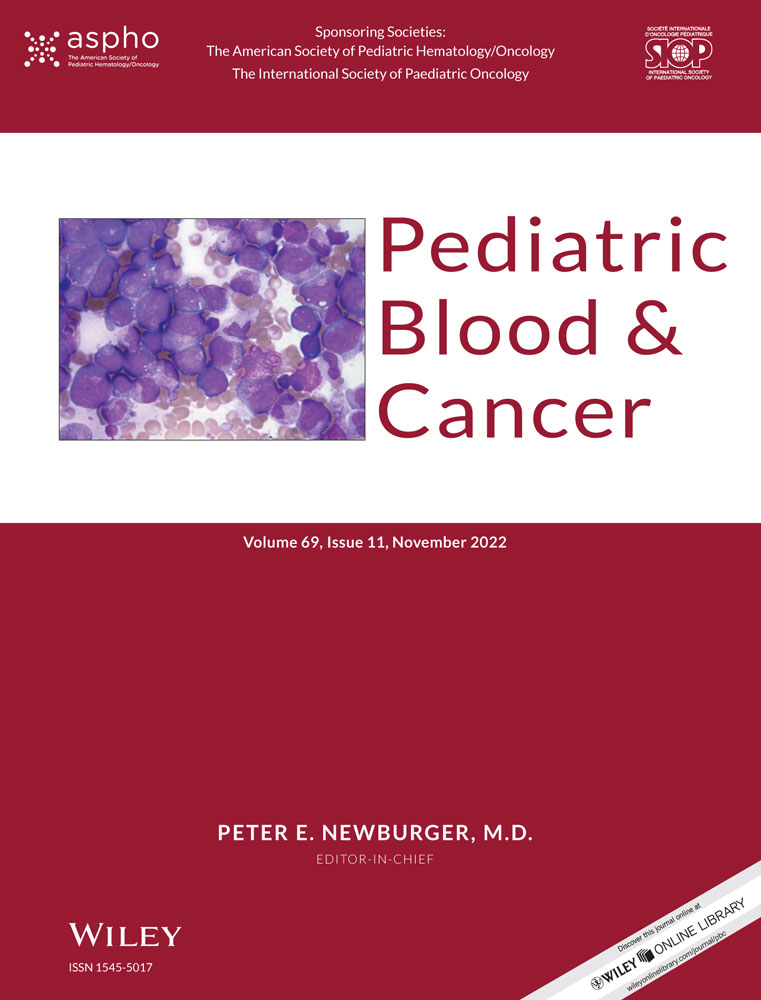Correlating measured radiotherapy dose with patterns of endocrinopathy: The importance of minimizing pituitary dose
Previous relevant conference meeting abstract: Fraser O, Cramer R, Crowne E, Cameron A. Pituitary insufficiency after radiotherapy: correlating measured pituitary dose with timing and pattern of hormonal insufficiency. Poster presentation at CCLG Winter meeting 2021, February 22-24, 2021.
Abstract
Background
Pituitary insufficiency is a common toxicity of cranial radiotherapy received in childhood for central nervous system, head and neck, and hematological malignancies. There is a recognized deficiency pattern and correlation with prescribed radiotherapy dose; however, correlation with measured pituitary dose (which can be minimized with modern radiotherapy techniques) has not previously been assessed.
Procedure
Retrospective analysis was carried out of measured pituitary dose and endocrine outcomes of patients receiving cranial, total body, or head and neck photon beam radiotherapy at a tertiary center from July 2008 to October 2019.
Results
Complete data for 102 patients were available. Median (IQR) age at radiotherapy was 9.0 (6.0-12.0) and follow-up 5.7 years (3.5-9.1). Most patients received focal brain radiotherapy (36.3%) or total body irradiation (32.4%); most frequent diagnoses were acute lymphoblastic leukemia (25.5%) and medulloblastoma (17.6%). The majority developed pituitary insufficiency (64; 62.7%); 41% had one and 38% had two hormone deficiencies. Growth hormone deficiency (GHD) (58; 56.9%) and thyroid-stimulating hormone deficiency (TSHD) (32; 31.4%) were most common. Patients who developed pituitary insufficiency received higher maximum pituitary dose—median (IQR) Gy, 44.0 (20.4-54.0) vs 18.2 (14.4-52.6); P = 0.008. Doses of 40-49 Gy or >50 Gy led to a higher cumulative incident rate than <20 Gy (HR 4.07, P < 0.001 and HR 3.04, P < 0.001, respectively). However, even at lower dose bands, levels of pituitary insufficiency were significant with a five-year cumulative incidence of GHD for <20 Gy and TSHD for 20-29 Gy reaching >30%.
Conclusions
Our findings confirm a correlation between measured pituitary dose and risk of insufficiency even at lower doses, despite modern radiotherapy techniques. These data highlight the importance of minimizing pituitary dose and early specialist endocrine follow-up.
CONFLICTS OF INTEREST
The authors have no conflicts of interest to declare.
Open Research
DATA AVAILABILITY STATEMENT
Data are available on request due to privacy/ethical restrictions. The data that support the findings of this study are available on request from the corresponding author. The data are not publicly available due to privacy or ethical restrictions.




